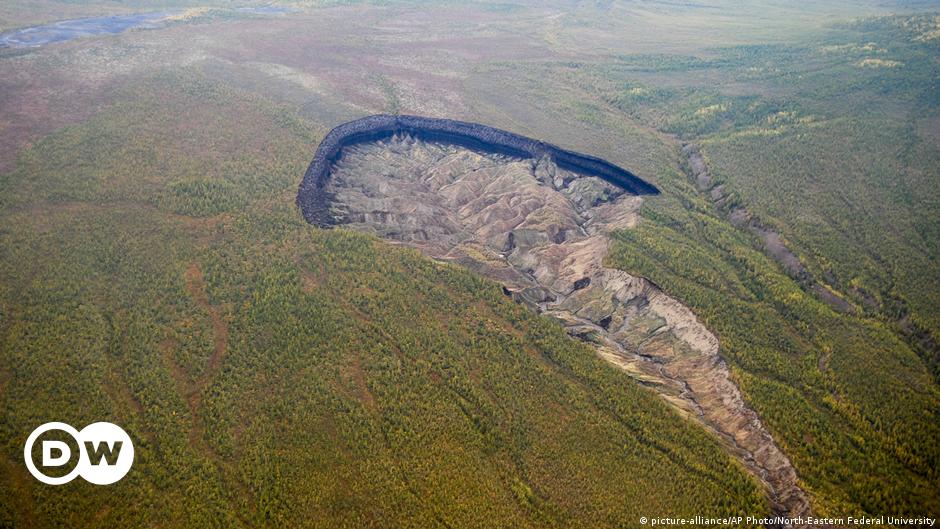The edges of the sinkhole, one kilometre long and 50-100 metres deep, are constantly crumbling.
In northern Yakutia, Russia, there is the world’s largest permafrost depression.
Officially, this place is called the Batagajka crater and is located approximately 660 km from Yakutsk, but the locals call it the gate to hell.
It has just turned out that the gate is growing significantly every year.
The crater was first spotted in satellite images in 1991 and has been of interest to scientists ever since. This permafrost is the oldest in Siberia and the second oldest in the world. Its layers date back to 650,000 years ago.
According to the latest research, the crater is constantly growing and the rapid melting of permafrost is responsible for this. According to National Geographic, the edges of the sinkhole, one kilometre long and 50-100 metres deep, are constantly crumbling. As a result, the earth slides into the crater and the gates open even wider.
There are many such craters throughout the Arctic, but Batagaika is unique because the rate at which it is expanding is astonishing. The walls of the depression retreat by up to 12 metres a year. According to scientists, the depression was created in the 1960s, in 2014 it was 790 m high, and since then it has grown by a full 200 m.
Researchers said that since the crater was formed, ice and sediment have melted enough to fill as many as 14 Great Pyramids. At the same time, approximately four to five thousand tons are released from the permafrost. tons of organic carbon. Thus, Batagajka becomes a unique window into the past. The permafrost gives scientists access to plant material from the Ice Age, and animal remains have also been collected from it, including: bisons, mammoths and horses.
Due to global warming, the frozen crust of the Earth begins to melt, and with it organisms that froze thousands of years ago thaw. Even after spending an extremely long time in sub-zero temperatures, some of them manage to come back to life.

